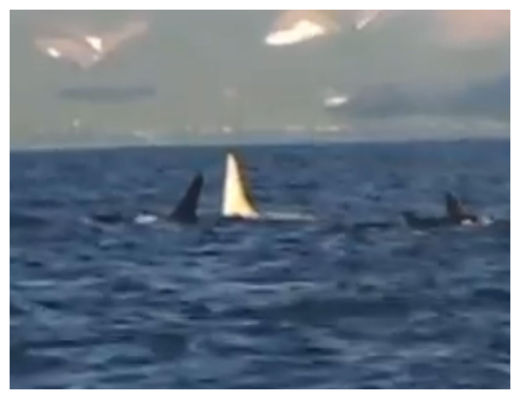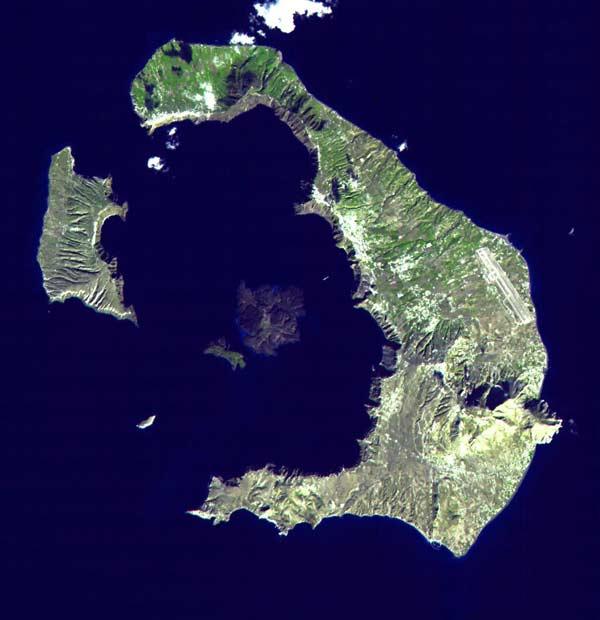
© Screengrab from Far East Russia Orca ProjectThe scientists decided to hold back on releasing photographs of Iceberg until they were able to study him further.
A team of Russian scientists say they will embark on a quest next week to observe the only all-white, adult killer whale ever spotted -- a majestic and elusive bull they have named Iceberg.
The researchers from the universities of Moscow and Saint Petersburg first spotted the orca's towering, two-metre (about six feet) dorsal fin break the surface near the Commander Islands in the North Pacific in August 2010.
Living in a pod with 12 other family members, Iceberg was deemed to be at least 16 years old, given the size of his dorsal fin, said Erich Hoyt, co-director of the Far East Russia Orca Project (FEROP).
"This is the first time we have ever seen an all-white, mature male orca," Hoyt told AFP. "It is a breathtakingly beautiful animal."
The scientists decided to hold back on releasing photographs of Iceberg until they were able to study him further, "but we have been looking for him ever since," said Hoyt.
Orcas can travel thousands of miles.
The scientists would like to establish whether Iceberg is albino -- a genetic condition that leaves animals unable to produce melanin, a dark pigment of skin, hair and the eye's retina and iris.

